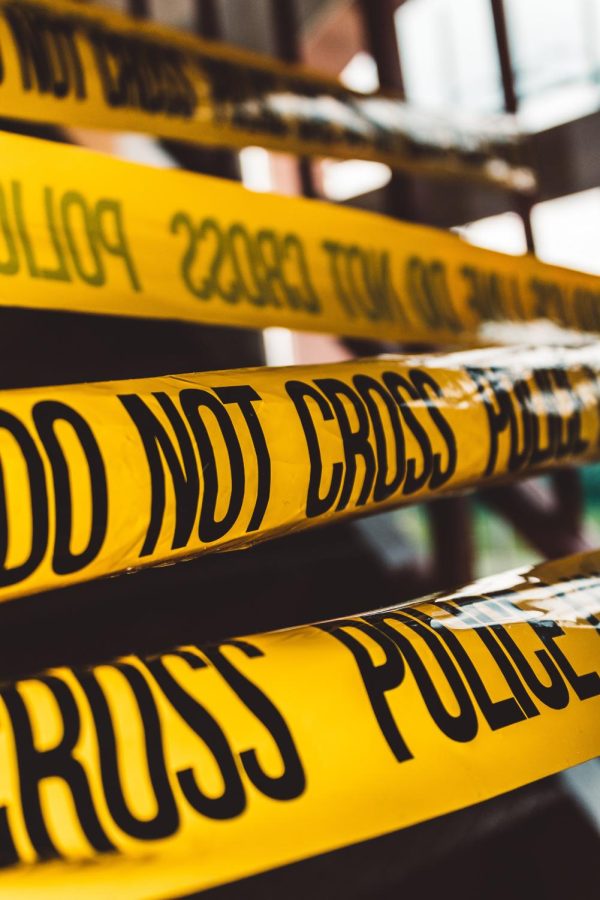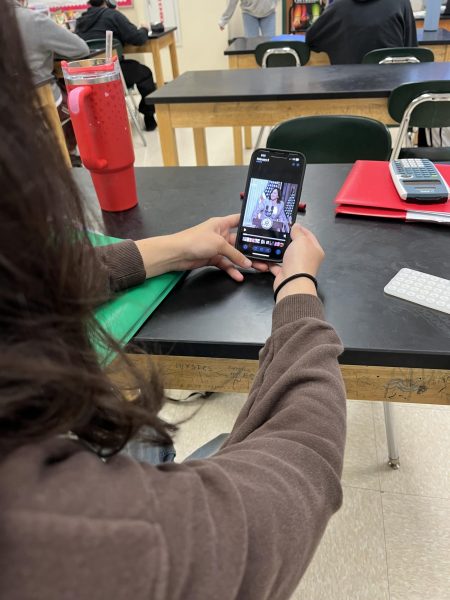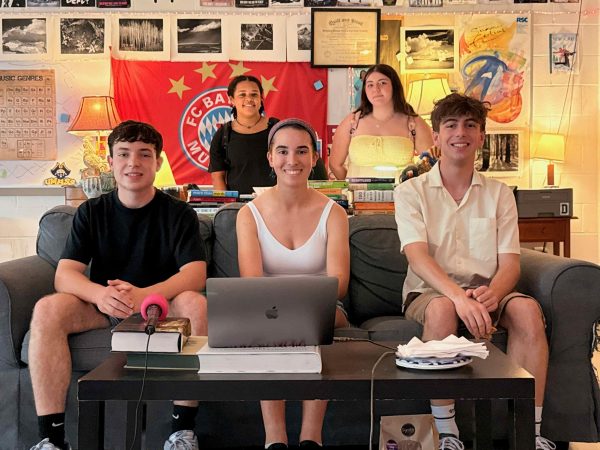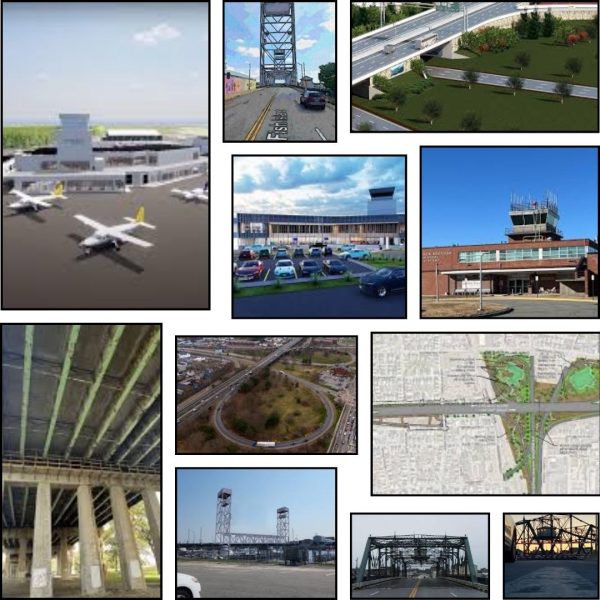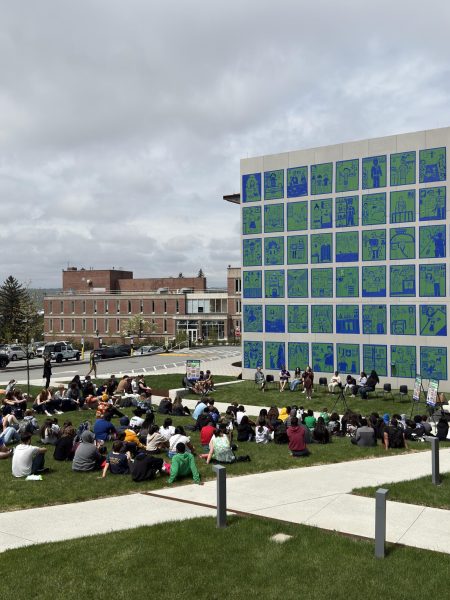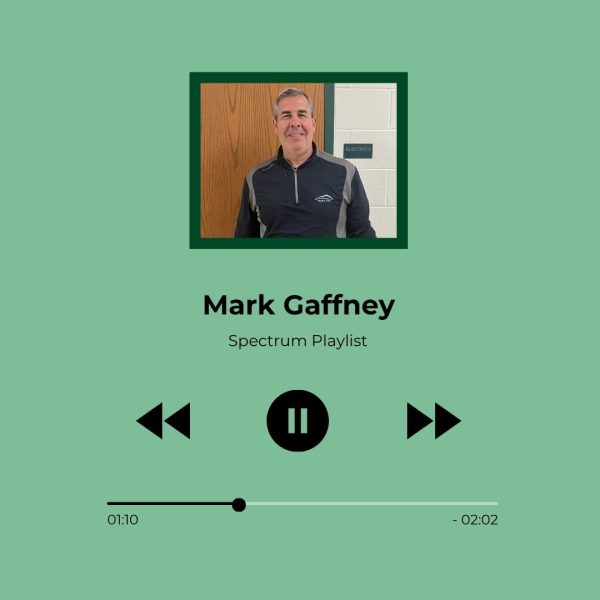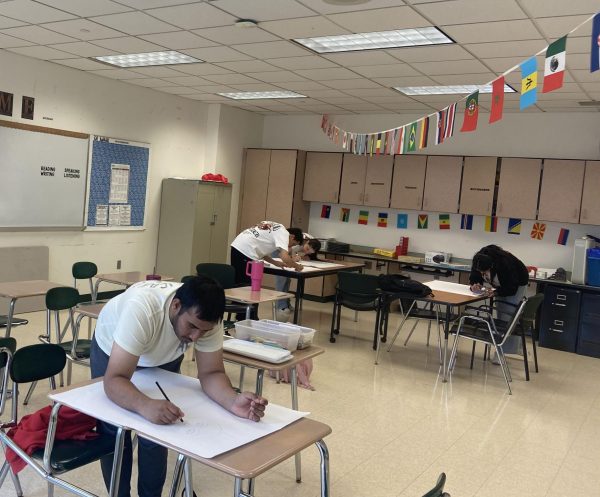Local History: The Unsolved Case of the New Bedford Highway Killer
The case is cold, but new information can bring much needed closure for the families and community this killer affected.
In the New Bedford Area from March 1988 to 1989, Interstate 195 and Route 140 were the final resting places for nine women, perhaps eleven, whose killer has never been caught. Although the string of unexplained murders happened only 33 years ago, I found many community members including all of my friends and teachers were unaware of the highway’s bloodstained year from hell.
For the families of these victims, there was no closure, no conviction, only time subdued by grief. Especially now after the I-65 killer of Indiana who had a similar killing era was identified by DNA, I am confident that this case can be solved if we remain persistent in demanding justice for the victims and their families.
It was Spring 1988, and Weld Square in New Bedford was laced with heroin, cocaine, and prostitution, and addiction hung heavy in the air. This epidemic of drugs and crimes set the stage for a string of murders that wouldn’t be connected until the pattern became all too clear.
According to an AP News article from December 8,1988, Debra Medeiros was the first found victim of five that would appear between Dartmouth and Freetown between July and December 1988. Debra Medeiros, 30, was reported missing May 27 that year and found July 3, decomposed. The believed cause of death was strangulation, and once identified, it was found to have ties to Weld Square. In the same month, Nancy Paiva, 36, was discovered along Interstate 195 in Dartmouth, also having ties to Weld Square.
The bodies were found in an eight-mile radius from one another, a thickly wooded area, seemingly the drop location for the victims.
The summer did not stop the terror that plagued the area. Autumn came and Debra DeMello, 35, was found November 8 near the intersection on I-195 and Route 140 in Dartmouth by a highway worker. She was also badly decomposed, and identified by dental records. Forensic records state she died in September, making it likely that she was on Interstate 195 for two months, before being discovered.
In the same month, more terror resurfaced in the same wooded graveyard. Now in the span of five months, four bodies, decomposed and strangled, were sporadically discovered, the nightmare continuing with no arrest and little information about the killer.
Dawn Mendes, 25, was found off Route 140 in Freetown, November 29, and identified by fingerprints in police records and dental records. She was in a similar state to the other victims, and at this point a full scale search of the woods was underway, K-9s scouring for any evidence, or anything worse. Without giving the public time to cope with the discovery of Mendes, on December 1, another body resurfaced, Deborah Lynn McConnell. She was found off Route 140, at the New Bedford-Freetown line, and presumably had her life taken by the same hands as the other woman.
It should be noted that the two bodies discovered in July were both at least partially clothed, but the subsequent four were nude and decomposed. Only nine days later, Rochelle Clifford Dopierla was found off Route 140 slayed, three miles from where Debra Medeiros was discovered. Dopierla was reportedly Paiva’s roommate and would be an important link in the investigation later on.
The new year started, and it seemed whatever monster that was preying on Weld Square had vanished. The community was ready to breathe a weary sigh of relief until a seventh body was discovered March 28, 1989 off Route 140 in Freetown. She was identified as Robin Rhodes of New Bedford. Rhodes knew some of the last victims, as well as two of the four suspects the Police Department was eyeing. Rhodes was known to frequent Weld Square as a heroin user.
Not even a week later, on March 31, 1989, yet another decomposed body was discovered. The body was identified to be Mary Rose Santos, 26, who was last seen mid-July. She too had the common denominator of Weld Square. She too was acquainted with victims Paiva, Mendes, and Clifford.
The final body found in that era of unresolved terror would be Sandra Botelho, 25, of New Bedford. She was found a month apart from the others, April 24, 1989. According to authorities, she had been missing since March 13 of the previous year. The final link was also tied to Weld Square; she was killed in a similar manner and found on Interstate 195 near Marion.
By the time the last body was found, there were two more women reported missing, who were suspected to have met the same fate. Christienne Monteiro, who was last seen May 1988, and Marylin Cardoza Roberts, last seen June that same year. They were never found, seemingly vanishing into thin air, and their disappearances still haunt the area.
Maureen Boyle (1), a police reporter for The Standard Times and author of Shallow Graves: The Hunt for the New Bedford Highway Serial Killer, says,“It is really important to find where they are for the sake of their families.” Without the identity of the killer, it is impossible to accurately discern the extent of tragedy that was committed.
Through the following years, the police would have dozens of suspects, and with help from FBI profiling, they found what kind of person the killer could be, but the search was still broad and mostly unrewarding.
Maureen Boyle goes on to say that this “was a very difficult case for the police to solve.” They had four more recognizable suspects, but there was much more. After FBI profiling, suspects included individuals in law enforcement, truckers, dealers, and in one case a dentist, according to Boyle. Kenneth Ponte, a lawyer with a habit for heroin is a more well known suspect. Ponte knew many of the victims, but he was indicted for the killing of Dopierla. He was ultimately acquitted due to lack of evidence. Another Suspect, Anthony DeGrazia, was arrested for 17 rapes and assaults, was released on bail, and during this time he committed suicide. The lack of evidence in this case is debilitating according to Boyle. The bodies were badly decomposed, and any evidence was left to the elements.
Maureen Boyle leaves us with a message for a new generation: these women had families, they deserve closure, the killer could still be out there. This case is an important part of local history that reminds us of the monsters that can lurk right in our backyard. She recommends that if anyone has anything about the case to contact the district attorney (2). The case is cold, but new information can bring much needed closure for the families and community this killer affected.
End Notes
- She will be featured in an upcoming documentary about the New Bedford Highway Killer, The Highway Murders.
- Contact at (508) 997-0711

